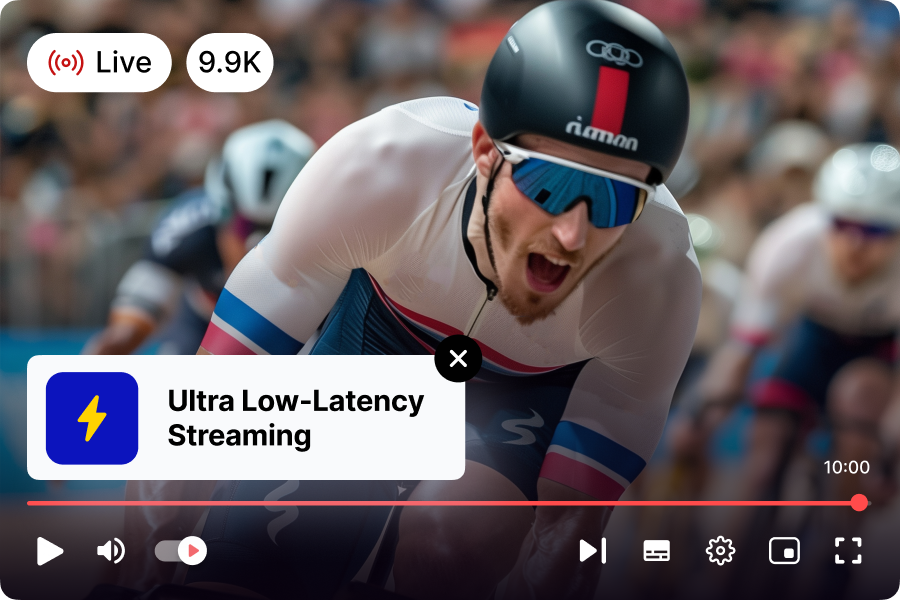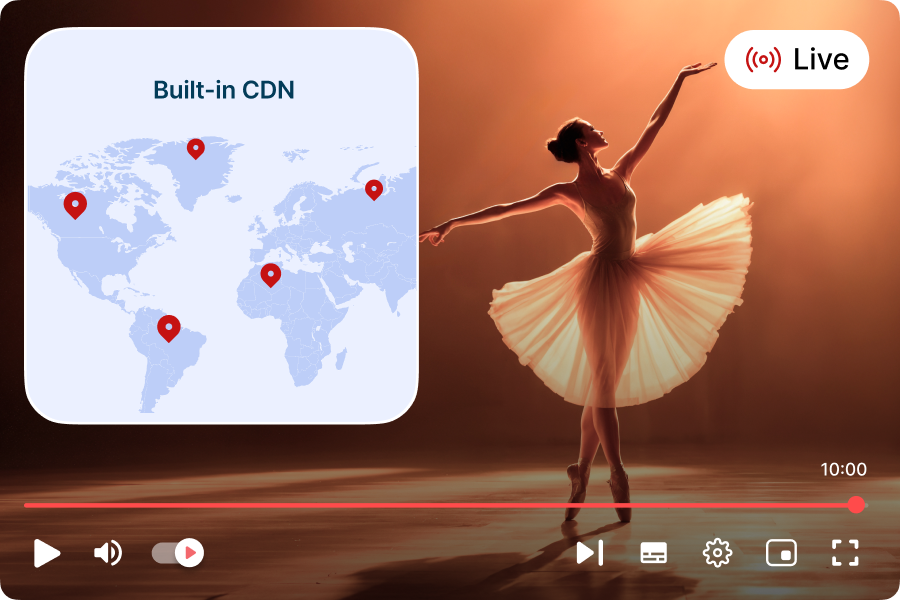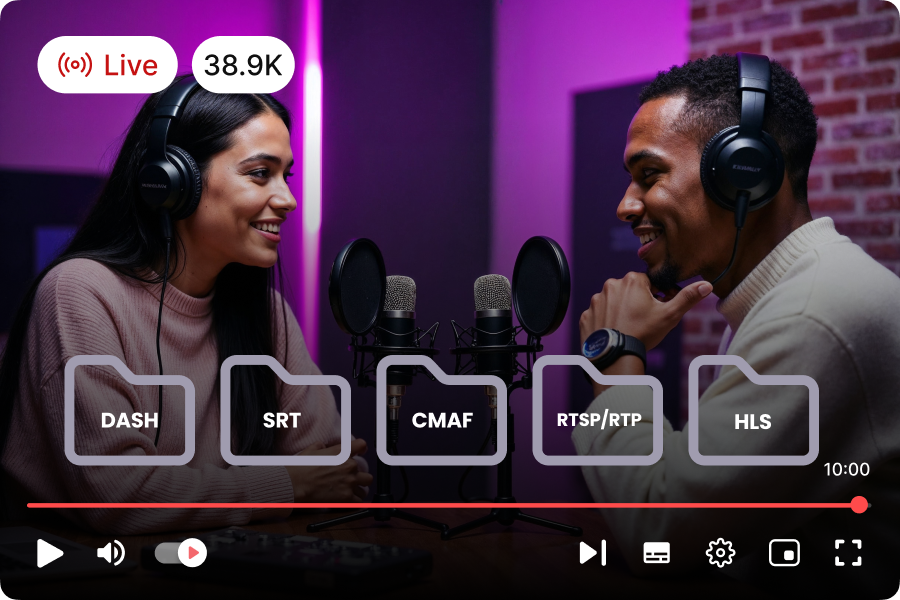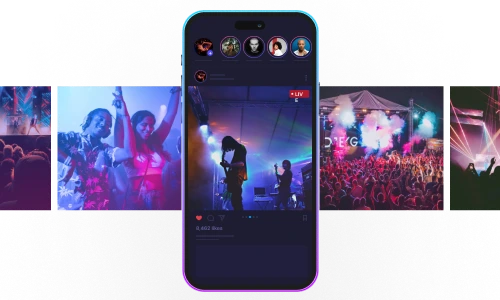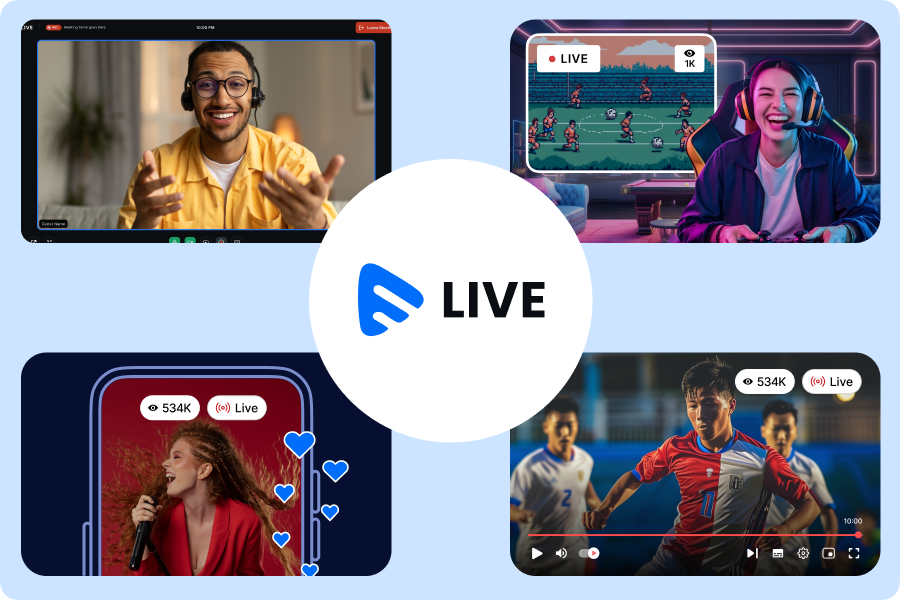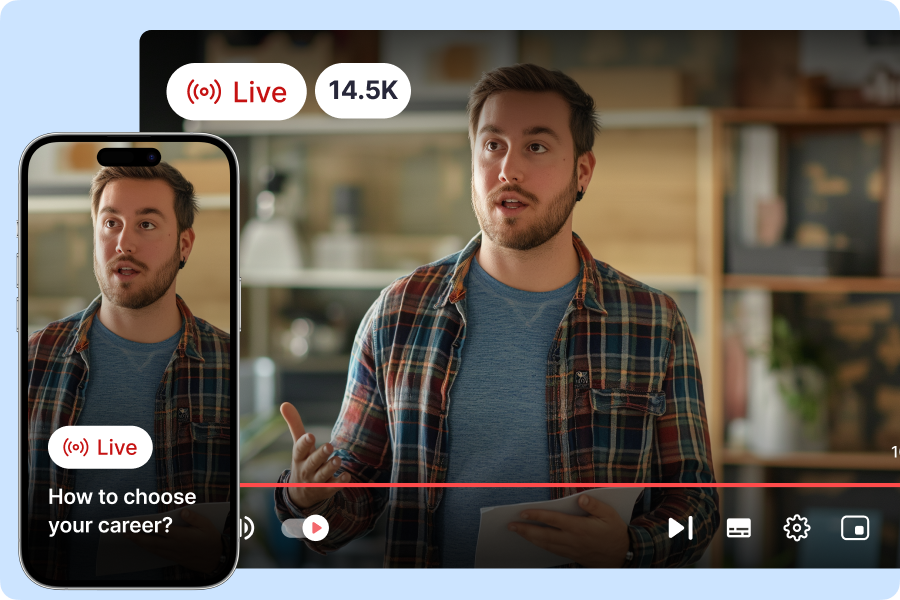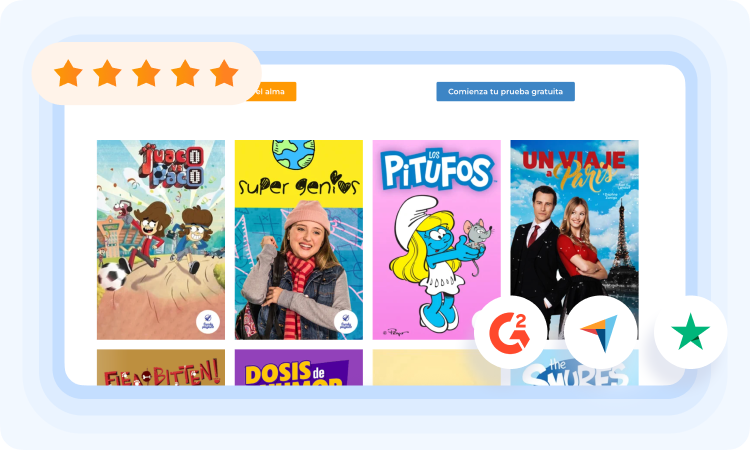"Latency" is defined as the delay between the time a video/audio gets captured or broadcasted and the time when the audience can watch it. Low-latency live streaming minimizes this delay between the live event and what viewers see, making it quick and lag-free.
Low-latency live streaming minimizes the delay between media capture and delivery by utilizing adaptive streaming protocols like HTTP Live Streaming (HLS). HLS segments video into smaller files for transmission over the internet, with the Low Latency HLS (LL HLS) variant using even smaller segments and chunked transfer encoding for faster delivery.
Low latency helps ensure real-time interaction, timely reactions & a better viewer experience. Ultimately improving viewer experience, increasing engagement & retention. It’s especially important for live events, gaming, auctions, or video calls.
Industries like sports, gaming, broadcasting, finance, telemedicine, and e-learning benefit from low latency streaming. Mainly for real-time interaction, fast decision-making & better user experiences.
Ultra low latency streaming delivers video/audio with delays as low as under 1 second. Standard streaming typically has delays of 10–30 seconds, making it less suitable for time-sensitive use cases like live auctions, gaming, or interactive broadcasts.
HLS Low Latency streaming is a streaming protocol that reduces the typical 10–30 second delay to around 2–5 seconds or less. It is highly scalable, compatible across devices & browsers, and offers near real-time viewing experience.
Yes, Muvi Live does provide recording features for low-latency live streams. This feature allows for archiving and reusing live streams, which can be helpful for creating promotional content, ads, podcasts, or on-demand videos.
Additionally, the recordings can be shared across social media platforms. The recorded live streams are automatically stored in the cloud, ensuring secure and instant access to your recordings.
